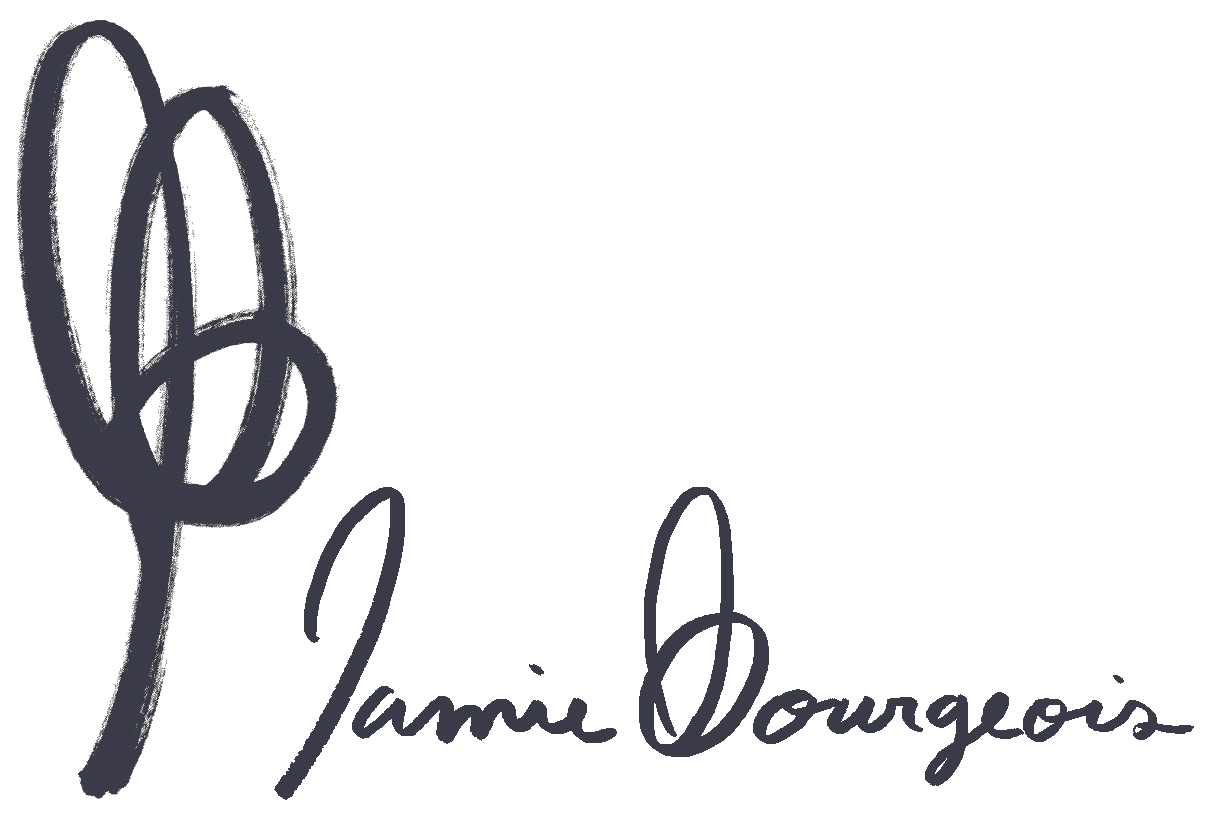I feel as though we are not properly taught about plants. But really, I don’t think we really know about plants like we think we do. We just think we know, but we have no idea; True Life, PLANTS.
What I mean by that is, I grew up and learned about trees as these green and brown things that existed in the world. They grew, shed their leaves, grew some more, and then we cut them down to build stuff. I never thought of them as MOVING, COMMUNICATING, and HAVING LIFE. Or maybe I just wasn’t a very sensitive child?
So, in this post I’m going to layout some of the anatomy of a tree, which may help you understand that it is a living thing, just like youuuu and meeeeee. Respect.
First I’m going to start with the trunk. The trunk is not just wood. It is an amalgamation of cells adapted to serve different purposes, like strength, resistance to decay and injury, transport of liquids and minerals, and for storage.
The first thing you see when you look at the trunk is the OUTER BARK. It serves as the tree's primary protection and is continually renewed, much like our skin. Then we have the inner bark, or PHLOEM. This is the pipeline that transports food and hormones throughout the tree. It soon dies and becomes cork which eventually becomes the outer bark. Next there is another thin layer called the CAMBIUM. The cambium is the growing part of the trunk. It responds to the hormones that are passed and annually produces new bark and new wood.
The XYLEM makes up the “wood” of the tree. Within the xylem you have the next layer, which is SAPWOOD. This is the pipeline for water to get from the roots to the leaves. This layer is able to form anti-microbial substances to respond to injury, much like antibodies! It is also the new wood of the tree. As newer rings of sapwood are laid out, the inner rings lose their vitality and eventually turn to the next layer, which is the HEARTWOOD. The heartwood is the central support. It is dead and discolored, but is very very strong and keeps the tree standing. And finally, at the most central point, you may (in some species) find the PITH. This is a Styrofoam-y material left over from the primary tissue that was the twig. In some species it goes away as the tree gets older.
If you go upwards from the trunk and through the branches you’ll reach the tips of the twigs. These form buds in the spring which is where those hormones I mentioned before come from. These hormones help the tree to go. (sound familiar?) These buds also produce leaves. The leaves are basically spongy cells that connect the air- to the tree- to the roots. Leaves create food for the tree. They take carbon dioxide from the air and water from the roots and convert it to sugar, then send it down the phloem to the roots. In order for the roots to use that sugar to grow, they need oxygen. They search for oxygen in pockets between the soil. The roots then return the favor to the leaves by sucking up water and minerals and sending it back up to the leaves via the sapwood. The leaves use that water to create the food, and send it back down to the roots, and back and forth, back and forth.
And that's only part of what we know! There's a great PBS documentary called "What Plants Talk About," that discusses communication between one plant to another, and plants to insects and animals. CRAY.

